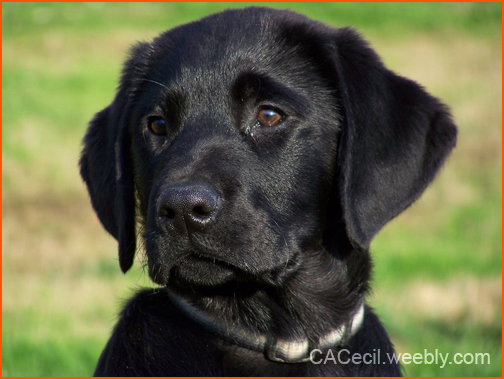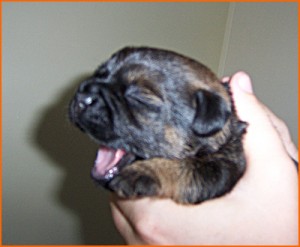My suggestion is that breeders become responsible for their puppies for the entirety of their lives.
As in many states microchipping is currently compulsory, and it is likely to make its way into other states as time progresses, I think this is a great way to monitoring dogs throughout the entirety of their lives. All we would need is, in the microchipping database, for an additional field, ‘breeder’, to be added for every puppy. In this way, dogs are permanently linked to their breeder.
This means that, if that dog ends up into a facility (i.e. a pound), then the breeder can be responsible. If a facility fails to find the owner of an animal, the breeder would be contacted. The breeder would have the opportunity to receive the animal back (administration costs only), or else pay the facility a fee and allow the facility to receive ownership for the animal, and consequently rehome it (or otherwise).
I argue that this is a suitable solution as it would mean that:
- Responsible breeders have the opportunity to get back any animal that, unawares to them, ends up in unsatisfactory care.
- Breeders may be less likely to have litters if they are concerned that their puppies may cost them a fee if they end up in inappropriate care.
- Breeders will seriously consider the homes in which the puppies end up in, as securing a ‘forever home’ first up would ensure no fees later down the track.
- Pound-like facilities would also have monetary benefits as a result of this proposal.
I don’t believe tougher animal welfare standards are necessary. These standards are already adequate (though poorly enforced), and any changes to these standards only make things more demanding for breeders who recognise legislation.
I don’t believe additional licensing (of owners or of breeders) is feasible. There would be lots of administrative costs associated, and obviously there would be people who would ‘slip under the radar’.
The beauty of this suggestion is that, as far as I’m concerned, it is only unscrupulous breeders unconcerned with their animals welfare which would object to this proposal. As a future breeder, I would LOVE to have the opportunity to get any animal I bred back out of a pound-like facility and rehome them myself.
There would be no additional restrictions or legislation to be enforced, just an extra field to create on the microchipping database. Pound facilities would not have a hugely additional workload – instead of calling two phone numbers when a microchipped animal enters the facility, they would call three numbers.
The main kink in this proposal is that individuals would be able to sell animals which are not microchipped, as I am sure they currently do. There needs to be more policing of microchipping. This is a difficulty. One potential solution is to educate puppy buyers the importance of microchipping, and emphasising ideas such as “you wouldn’t buy a vehicle without a warranty, so why would you buy a puppy without a micrcohip?”.


